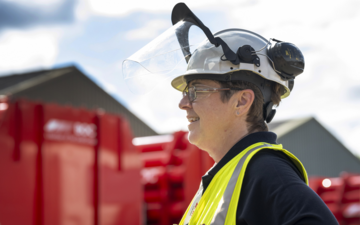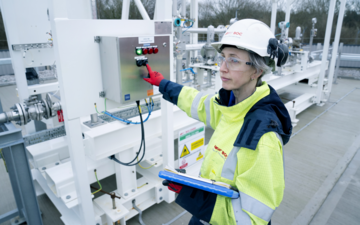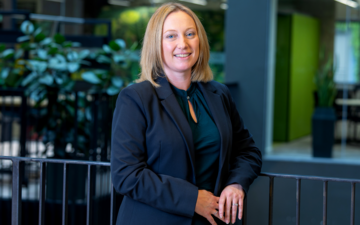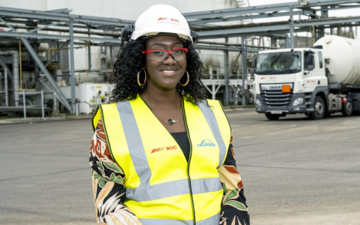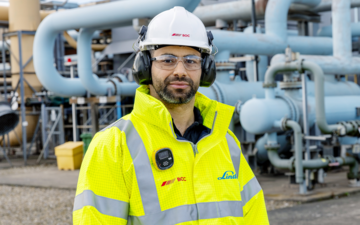- Official BOC UK Online | Industrial Gases | Products & Solutions | BOConline UK
-
Shop
- Industries
- Processes
- Gases & Equipment
-
Solutions
-
Services
-
Health & Safety
-
Contact & Support
- What's Happening
-
Net Zero Strategies
BOC Hydrogen People: Meet Jessica Boateng, Process Safety Team Leader
Posted by BOC

Welcome to BOC’s ‘Hydrogen People’ blog series. In each edition, we tell the story of a team member who plays a vital role in driving our organisation’s understanding and experience of hydrogen safety. From production to storage to transportation, every step of the hydrogen value chain is delivered by specialist experts who understand how to help our clients adopt hydrogen as a replacement for fossil fuels.
From the North Sea to BOC
Jessica is a Process Safety Team leader who joined BOC in 2019. In her role, Jessica manages a department responsible for ensuring that all major risks are analysed and understood before an engineering project goes ahead.
She began her career working on offshore platforms in the North Sea: a role that provided the ideal training ground for a future career in hydrogen safety. Jessica explains: “There’s a lot of respect for safety offshore – it could literally save your life.”
The engineer’s “chronic unease” mindset
“When it comes to process safety, discipline is key and rules are rules,” says Jessica. “The rules are there to prevent accidents and save lives.”
“In a process safety role, you are always using engineering knowledge to help minimise risk.”
Risk assessment has three main elements:
- Identifying hazards (Qualitative assessment describing what could go wrong)
- Quantifying risk (Using frequencies and probabilities to calculate risk)
- Putting actions in place where gaps have been identified and managing the closeout
Jessica explains that although process safety in the production, storage and delivery of hydrogen can be “controlled” by BOC, it’s equally important to understand hydrogen safety from the customer’s perspective. BOC works very closely with customers to achieve this.
Continuous best-practice
Jessica points out that while BOC often leads the way on hydrogen safety best practices, there is no complacency, and everybody is engaged in continuous education.
“We hold post-design workshop sessions where we ask what would happen if there weren’t any safeguards. Then we put all those layers of protection back in to see where we land. We would never proceed with a hydrogen project unless all risks were understood.”
Jessica is excited about hydrogen’s role in the decarbonisation story and what comes next as hydrogen is scaled up to meet net zero targets, including helping the nation to understand the benefits of hydrogen.
